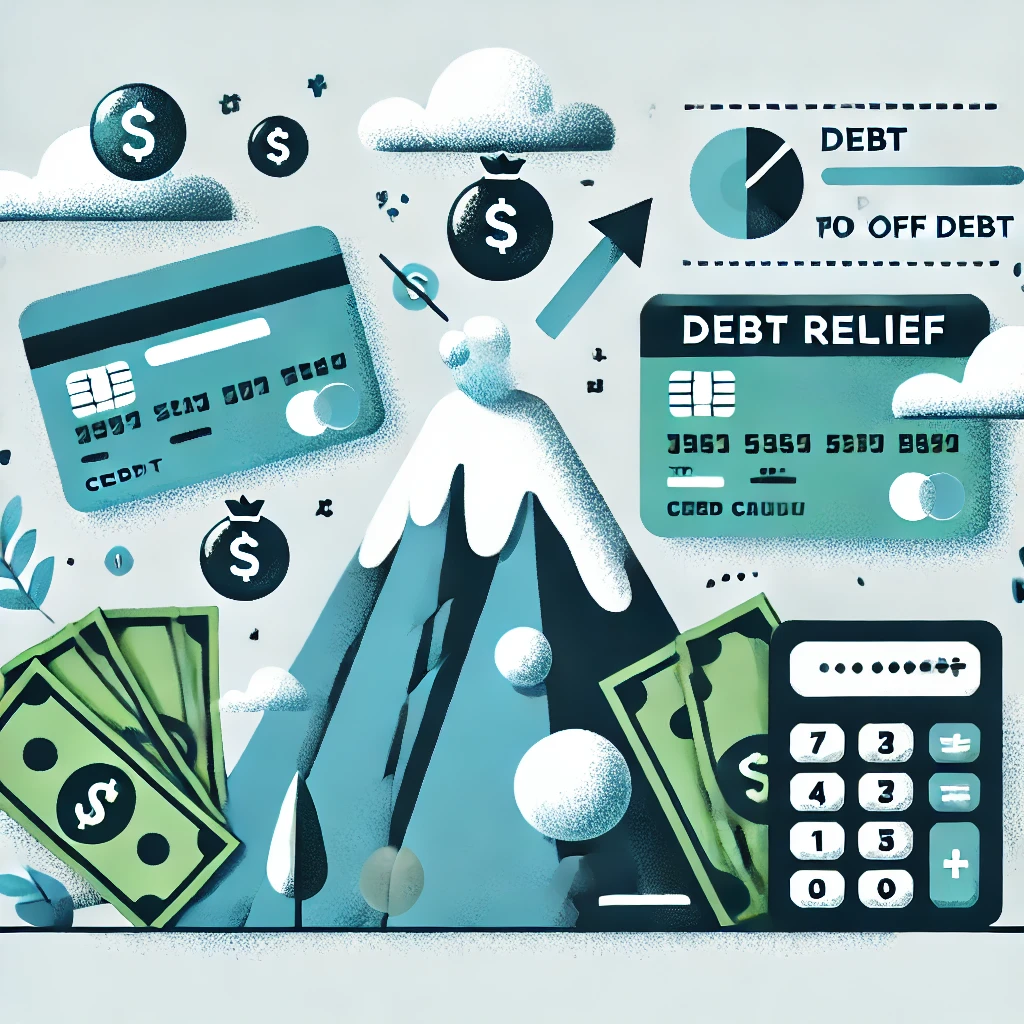Managing and eliminating debt effectively involves understanding various strategies and myths surrounding debt relief. Debt relief encompasses options like consolidation, settlement, and counseling aimed at reducing or restructuring what’s owed. Common misconceptions include the idea that debt relief always harms credit scores or that it’s only for those in severe financial distress.
To proactively tackle debt, methods such as the debt snowball and debt avalanche are popular. The debt snowball approach prioritizes paying off the smallest balances first to build momentum, while the debt avalanche targets high-interest debts to minimize total interest paid. Each method has its benefits, depending on personal financial goals and psychological preferences.
Negotiating credit card debt with creditors can also lead to reduced payments or interest rates, especially when combined with demonstrating financial hardship or a consistent payment plan. Additionally, some individuals leverage home equity to pay off higher-interest debt, using the equity built in their homes for a lower-interest loan to consolidate debt. However, this approach should be carefully evaluated to avoid potential risks, such as impacting home ownership if repayment issues arise.
Understanding these strategies and myths helps consumers make informed decisions and build sustainable paths to becoming debt-free.
Sources:
- Money – What Is Debt Relief
- Money – How to Pay Off Debt
- Money – How to Negotiate Credit Card Debt
- Money – Debt Relief Myths
- Money – Using Home Equity to Pay Off Debt
- Money – Debt Snowball vs. Debt Avalanche
Share this content:



